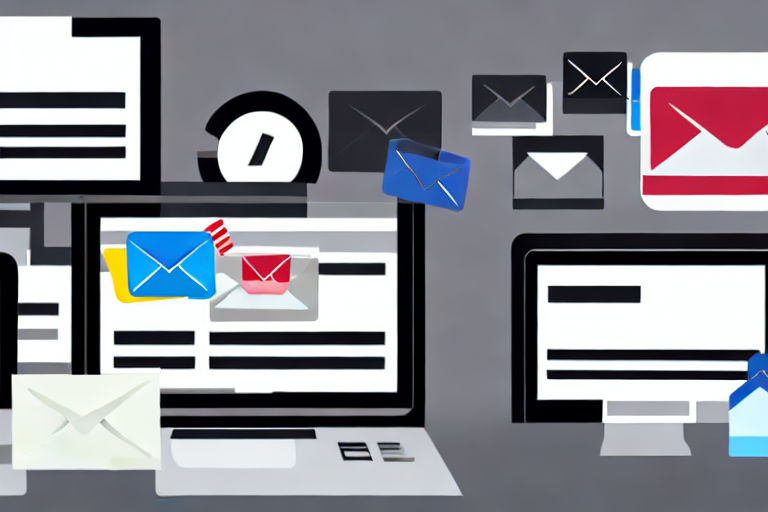Maximizing Email Campaign Results: A Beginner's Guide to A/B Testing
In this digital age, email marketing remains an extremely effective way to reach out to potential customers and retain existing ones. According to a survey by eMarketer, email marketing is the most effective digital marketing tactic, with an ROI of 122%. However, not all email campaigns are created equal. Even if you have a great email list, if you fail to test and optimize your campaigns, you could be leaving money on the table.
One of the most effective testing techniques is A/B testing. A/B testing is a way to compare two different versions of an email and see which one performs better. By systematically testing and optimizing your emails, you can improve your overall email campaign results and achieve better engagement rates and conversions.
What is A/B Testing?
A/B testing, also known as split testing, is a method of comparing two different versions of an element and measuring which one performs better. In the context of email marketing, A/B testing involves creating two different versions of an email and sending them to a small portion of your email list. The version that performs better is then sent to the remaining portion of your list.
Elements that can be tested in an email include subject lines, sender names, email content, call to actions (CTAs), images, and layout. By continuously testing these elements, you can discover the preferences of your audience and optimize your emails for better performance.
How to Conduct A/B Testing
To conduct an A/B test, follow these steps:
-
Define your hypothesis: State what you expect to happen with each variation you test. For example, if you're testing subject lines, you may hypothesize that a shorter subject line will result in higher open rates.
-
Choose your variable: Determine the element you want to test, such as subject line, email content, call to action, etc.
-
Create your variations: Create two different versions of your email, changing only the variable you're testing.
-
Define your sample size: Decide what percentage of your email list you want to test each variation on.
-
Run your test: Send your variations to your sample size and track the results.
-
Analyze your data: Use your email service provider's analytics to determine which variation performed better.
-
Apply your findings: Apply the better-performing variation to the remaining portion of your email list.
Tips for Effective A/B Testing
Here are a few tips to get the most out of your A/B testing:
-
Test one element at a time: Testing multiple elements at once can cloud your understanding of what worked and what didn't. It's best to test one variable at a time to get clear results.
-
Test a large enough sample size: To get accurate results, it's important to test on a large enough sample size. As a general rule, a sample size of at least 1,000 subscribers is recommended.
-
Test continuously: A/B testing is an ongoing process. What worked yesterday may not work tomorrow, so it's important to keep testing and optimizing.
-
Use a control: Always test a variation against a control version, which is the current, unchanged version of your email. This will give you a baseline to compare your variation to.
In conclusion, A/B testing is a powerful tool for optimizing email campaigns. By testing and optimizing the elements of your emails, you can improve your campaign's engagement and conversion rates, leading to better overall results. With these tips and techniques, you can become proficient in A/B testing and take your email marketing efforts to the next level.



